
9 Essential Benefits of Microservices Architecture Explained

Content Map
More chaptersDuring the early 2000s, large organizations like Amazon and Netflix faced scaling challenges. Instead of monolithic architectures, where all the functions are tightly related and run together, these companies broke the large applications into smaller, easier-to-maintain systems.
The following years saw the rise of microservices. It gained traction in the mid-2010s thanks to its ability to independently deploy and scale services. Today, microservices architecture is the cornerstone of modern software development. Even though some believe that microservices are slowly being replaced by other technology, like serverless architecture, they still play a major role in modern technology due to their numerous benefits. This article is about to take a deeper dive into the benefits of microservices and the best practices to maximize them.
Key Takeaways:
- Microservices break down large applications into small, independent parts, resulting in numerous benefits for businesses. This includes:
- Better scalability
- Improved fault flexibility
- Technology choice flexibility
- Quick deployment
- Faster time-to-market
- Better security
- Chances for outsourcing and attracting top talent.
- Even though microservices are considered a cornerstone in many modern applications, they still come with drawbacks like added complexity, higher costs, and debugging difficulties.
- To optimize microservices architecture start small and design clear interfaces, implement an API gateway, use version control for each service, and adopt CI/CD practices for efficient code deployment and updates.
How Do Microservices Work?
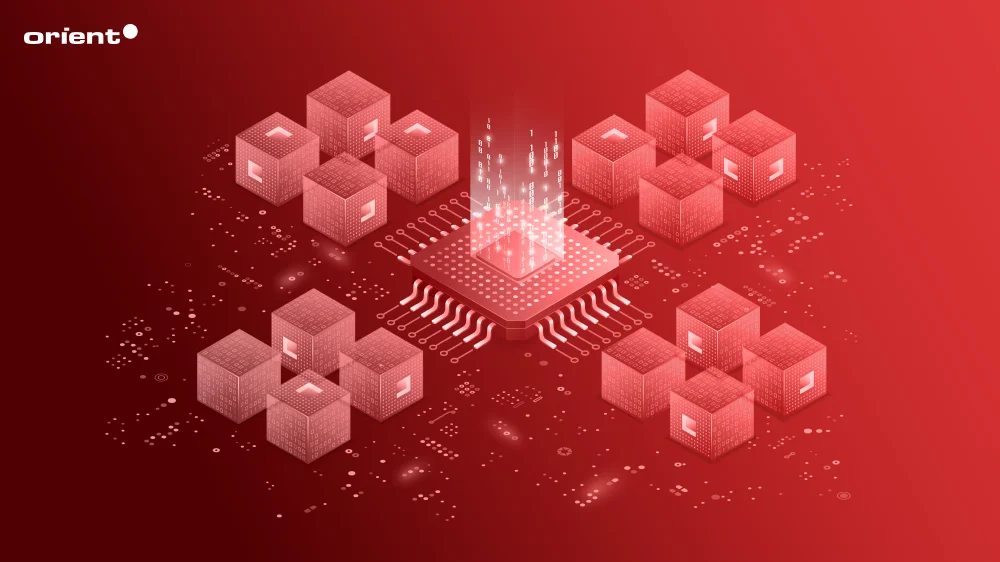
Microservices involve breaking down an entire application into smaller, independent and specialized services. Instead of building a massive system, breaking it down into multiple parts makes the system easier to manage and scale.
This approach is different from a monolithic architecture, where all the services (database, business logic, presentation) are “glued” together like a gigantic jigsaw puzzle. This made scaling challenging – developers can’t simply add more resources without disturbing the entire system without the risk of outages.
As traditional monolithic architectures became outdated, service-oriented architecture (SOA) emerged. SOAs facilitate operation independently on multiple servers, which reduces downtime and improves scalability. Microservices evolved from SOAs and addressed more specific tasks. With more granularity, if one part fails, the entire system doesn’t crash. Self-healing tools like Kubernetes automatically fix issues, and containers like Docker allow rapid deployment across environments. All in all, microservices are foundational for many modern applications.
9 Key Benefits of Microservices
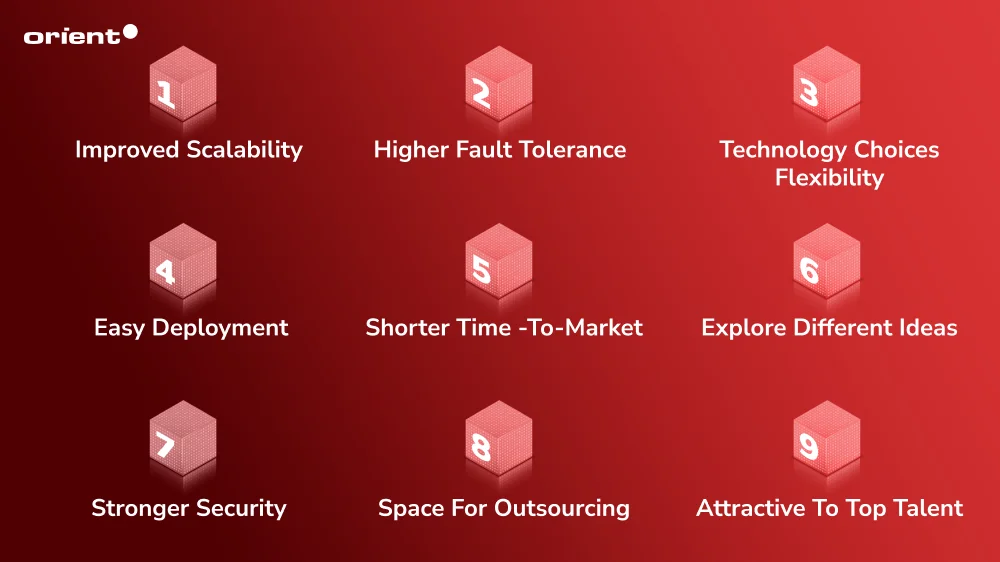
Microservices have revolutionized software development, offering nine compelling advantages.
#1 Improved Scalability
One of the most notable benefits of microservices architecture is the improved scalability. This technology makes adding, removing, or updating the existing microservice easy.
Businesses can start with the minimum resources required for each microservice to keep the cost as low as possible. When the load on one microservice goes up – for instance, during holiday sales seasons – its database and computer power can be scaled independently. Let’s say the number of buyers goes up dramatically. Development teams only need to take care of the front-end resources as the database uses a separate resource. The same logic can be applied when peak seasons are over, and certain microservices can be scaled back to allow resources for other areas.
#2 Higher Fault Tolerance
The compartmentalization of microservices results in improved fault isolation. A failure in one microservice is less likely to compromise an entire system.
However, this doesn’t mean it comes with zero risks. There are dependencies in large distributed systems, so developers still need to actively prevent failures from spreading. For example, a slow or unresponsive service can lead to other services becoming overwhelmed and crashing. “Circuit breakers” were thus developed to stop this problem. In other words, it stops a service from continuously waiting for a response from a failed service.
Direct communication between services or remote procedure calls (RPCs) is also avoided between services. If one service crashes, others will, too. Hence, development teams use asynchronous messaging where services don’t need to wait for an immediate response.
In short, microservices are designed with stability in mind, with tools and techniques in place to prevent cascading failures.
#3 Technology Choices Flexibility
No need to learn an entirely new programming language to get started with microservices architecture. The development team can choose and utilize whatever technology stack fits their expertise and project requirements. The team also doesn’t need a specific platform to run microservices.
This also means the development process is open to adopting new technology and techniques as the project evolves. Fewer learning curves and more flexibility increase the team’s productivity and make integrating into legacy systems easier.
#4 Easy Deployment
Microservices facilitate the deployment of independent modules without changing the entire application. Businesses can quickly add new features without a full system overhaul. This aligns with the CI/CD/CD (Continuous Integration, Continuous Delivery, Continuous Deployment) development philosophy, which streamlines development and deployment. As a result, teams can address new security threats and add new technology to ensure the product is constantly evolving and future-proof.
#5 Shorter Time-to-market
Being able to rapidly deploy results in faster time-to-market. According to a 2020 O’Reilly report, businesses that used microservices saw a 20% decrease in the time it took to launch new features and apps. As applications are broken down into smaller services, development teams can work independently without waiting for each other to finish. This agility reduces delays and speeds up the overall development process.
#6 Explore Different Ideas
In a monolithic application, testing new features requires an entire structure overhaul. However, minor changes in microservice-based applications aren’t as much of a problem. A function might be temporarily unavailable should it need to be updated, but the app is still running seamlessly. In other cases, businesses can roll out and test new features to see how well they are received by customers. If it doesn’t meet expectations, the team can remove it without affecting the entire operation.
#7 Stronger Security
The level of granularity of microservices increases data security. Instead of applying an all-encompassing security system, applying measures to individual services facilitates a safer approach. Having control over smaller parts of the system makes it easier to control sensitive information.
Most applications are subjected to regulations like the GDPR (a policy that governs data privacy in Europe) and HIPAA (a policy that regulates health data in the US). Microservices make it simpler to track data compliance and how the data is handled.
Multiple services communicate via secure APIs (Application Programming Interfaces). APIs serve as a gate that controls data flow between services, and a secure one makes sure only authorized servers, users or apps can access data.
#8 Space for Outsourcing
Outsourcing might raise concerns about intellectual property. However, with a clear task separation, third-party vendors can work on building and maintaining tasks without needing to understand the system as a whole. The complexity in collaboration is also reduced as outsourcing partners don’t need to wait for other teams to finish to proceed with their tasks. This parallel development speeds up the development cycle.
#9 Attractive to Top Talent
Microservices attracts top talent in the industry for a few reasons.
- Cutting-edge Technology: The innovative and modern approach of microservices attracts skilled developers who use the latest tech and architecture.
- Specialization: Different services allow software engineers to focus on specific areas of expertise, e.g., API design or data management.
- Scalability and Problem-solving Challenges: Microservices pose unique challenges in building a system that is scalable, resilient, and fault tolerant. Top talents are drawn to companies that give them the chance to work on scaling distributed systems in real-world scenarios.
Microservices Architecture Concerns
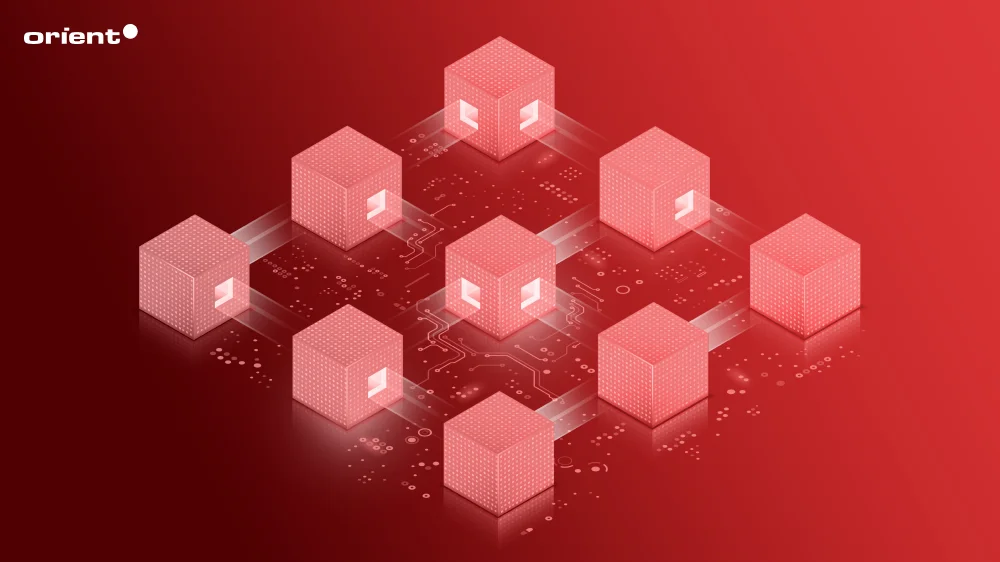
Despite the numerous benefits microservices architecture has to offer, there are disadvantages that teams need to be aware of.
Increased Complexity
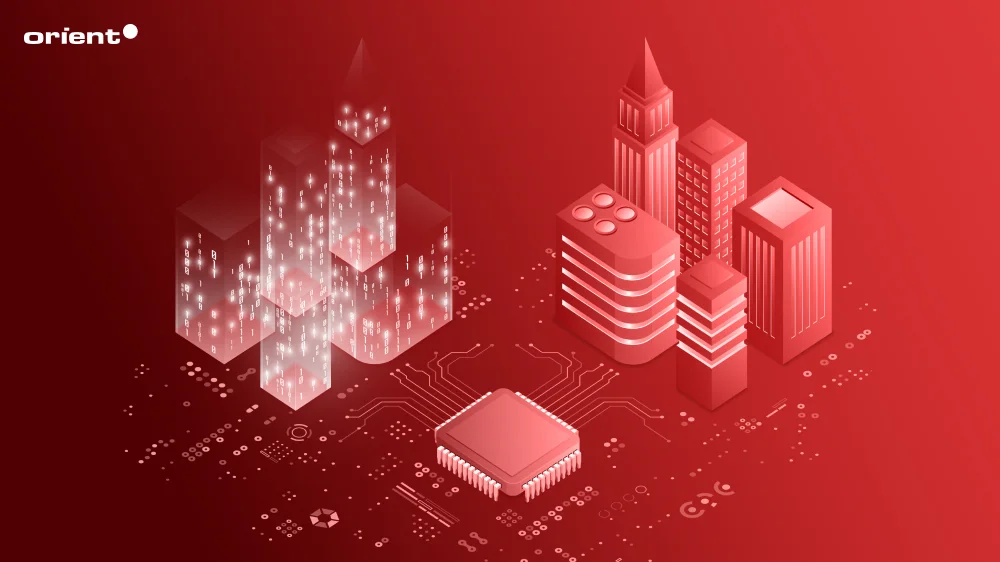
Microservices can be challenging to manage due to their large volume of services and complex interdependency. Understanding the system as a whole can pose a challenge, too.
Debugging Challenges
A single business process might need to go through multiple services. This feature can complicate debugging as each service has its own resources.
Database Management Difficulty
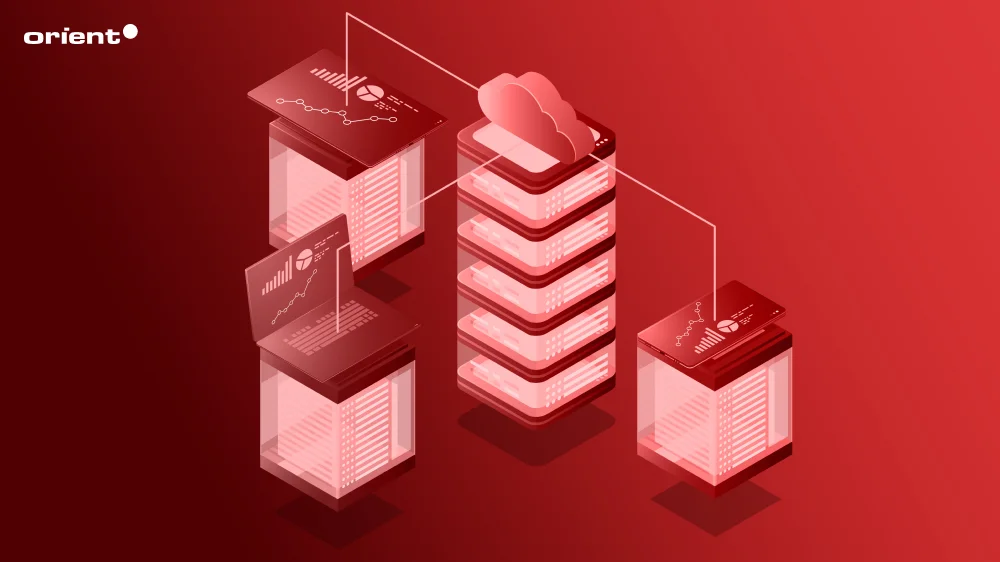
Data consistency can become a serious problem in microservices. Transactions through various services are complex and require careful data management and coordination.
Higher Costs
The complexity of microservice architecture comes with the demand for robust infrastructure and operational overhead. Hence, it might cost more than its monolithic counterpart.
Best Practices to Maximize the Benefits of Microservices Architecture
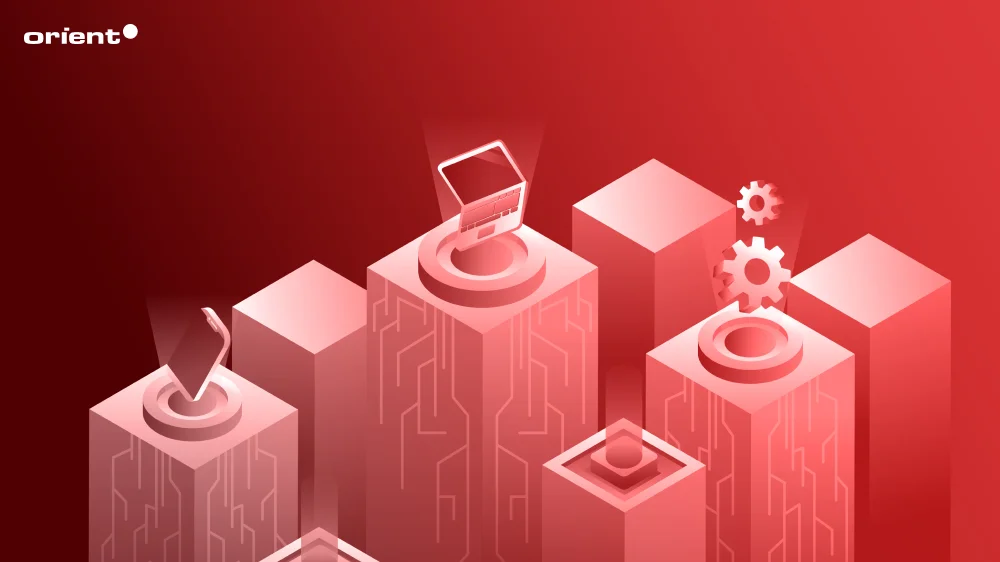
To maximize the benefits of microservices architecture and avoid pitfalls, there are a few best practices to follow.
- Keep Services Small and Focused: Each microservice should tackle one specific task. This makes them easier to manage and allows for independent scaling or updates without affecting the whole system.
- Design Clear Service Interfaces: Ensure that service interactions are well-planned, using common protocols like HTTP or gRPC. Clear, well-documented interfaces make it easier for services to communicate.
- Implement an API Gateway: An API gateway serves as a unified entry point for accessing multiple services, optimizing performance, and simplifying your system. API gateway also supports monitoring, traffic control, and authentication.
- Use Version Control for Each Service: Use tools like Git to manage each service’s codebase. These tools track and deploy updates without affecting other services.
- Adopt CI/CD Practices: CI/CD practices streamline updates by ensuring code changes are quickly tested and deployed. This is particularly helpful in microservices environments, where multiple services need frequent updates.
Grow Your Business with Microservices!

In order to remain relevant and agile in today’s digital landscape, modern applications need a scalable, flexible foundation - that’s where microservices architecture shines. Choosing the right architecture is essential for quickly delivering new features and experimenting with innovative ideas. Orient Software is your trusted partner for microservices success. Our team of experts is ready to support you in building a high-impact, scalable application tailored to your specific needs. Take the next step in your digital transformation journey with us!
FAQs
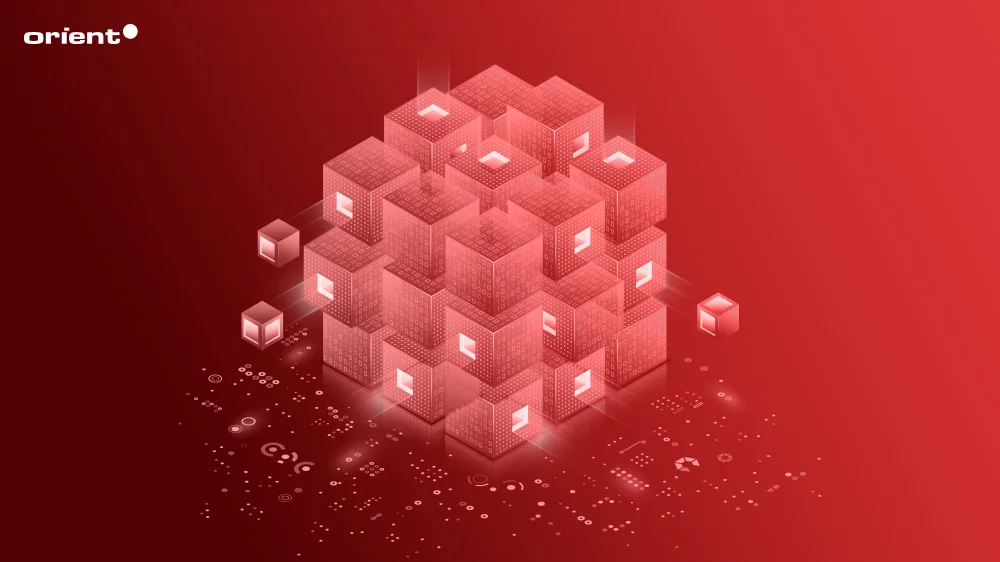
Let’s quickly take a look at two frequently asked questions about microservices.
What Benefit Does Microservice Architecture Offer Over Monolithic Architecture?
Newer doesn’t always mean better, but microservices do hold certain advantages over monolithic architecture.
- Scalability: You can scale individual components instead of the whole application.
- Flexibility in Technology: Teams can choose the best technology for each project.
- Resilience: If one microservice fails, it doesn’t bring down the entire system.
- Faster Development and Deployment
- Easier Maintenance and Updates: With microservices, you can update one service without affecting others.
- Better Team Management: Teams can own and manage individual microservices, promoting better organization and productivity.
- Reusability: Services can be reused across different projects, saving time and resources.
- Improved Fault Isolation
Refer to our deep dive into the difference between microservice and monolithic architecture for more information.
In What Cases Might Microservices Architecture Not Be Suitable?
Although microservice architecture offers attractive benefits, it might not be the best choice in the following cases:
- Small Applications: Microservices can add complexity to small apps, while monolithic architectures are more efficient for faster prototyping and debugging. Introducing microservices too early can lead to wasted resources.
- Lack of Skilled Team: Microservices necessitate a skilled team with distributed systems, networking, and CI/CD processes to manage complexities, avoid overburdening, and prevent project delays and burnout.
- High Costs: Microservices’ operational costs, including resources, infrastructure, and monitoring tools, may outweigh the benefits for startups or budget-conscious businesses, making monolithic architectures more cost-effective.
- Complex Data Management: Microservices are less useful for systems that need unified data management since they decentralize data and present difficulties with data consistency, transaction management, and complicated reporting.






